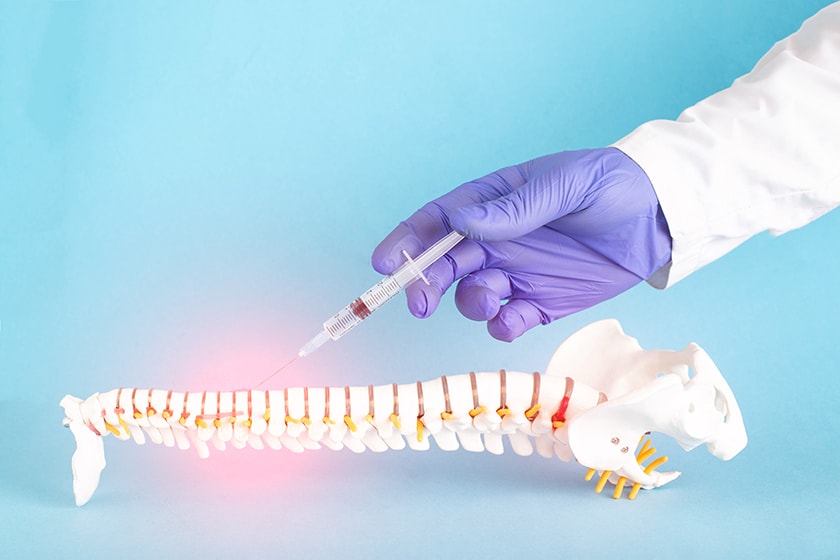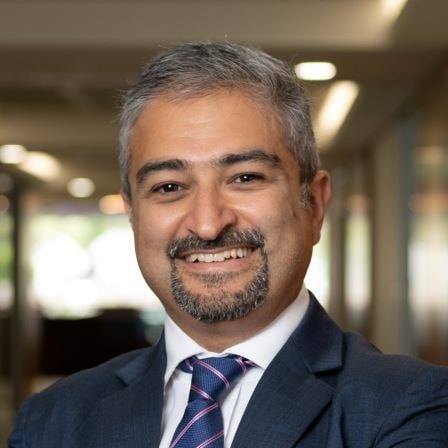Chronic pain affects 3.4 million Australians where 68% of those are of working age. In fact, 40% of early retirement is due to chronic pain-related issues.
Pain management is ideally managed in a multidisciplinary approach for optimal health outcomes, however approximately 70% of all GP consultations for pain issues result in a medicine prescription. While medications are an important part of pain management, patients can experience unwanted adverse effects. There are also increasing concerns about long-term use of opioids with the potential for dependence, tolerance and other systemic effects.
It is important to realise there are other ways to manage pain including physical therapies, psychological therapies and interventional procedures (i.e. injections). In this article we will focus specifically on different types of injections that can improve pain.
Local anaesthetic injections
Often performed as a diagnostic test to identify where the pain is coming from. An example of these are medial branch blocks for low back pain. If pain relief is experienced for the duration of the local anaesthetic (hours) then it is likely the facet joint is the cause of pain.
Steroid injections
Injections of local anaesthetic are often combined with a corticosteroid. These work by reducing localised inflammation, which can often be a source of pain. Examples of steroid injections include:
- Facet joint injections
- Nerve root sleeve injections
- Epidural steroid injections
- Suprascapular nerve block (shoulder pain)
- Genicular nerve block (knee pain)
- Greater occipital nerve block (headaches)
- Sacroiliac joint injections (buttock pain)
- and the list goes on…
The anti-inflammatory properties of steroids can provide a longer window of pain relief. The aim is to reduce pain to a level whereby it improves function, quality of life, and ability to participate in exercise and rehabilitation.
Radiofrequency ablation (rhizotomy)
A minimally invasive procedure that delivers a controlled radiofrequency wave to ablate the nerve responsible for causing or transmitting pain. This eliminates the transmission of pain signals reaching the brain.
This procedure is most commonly used to treat chronic pain conditions involving the neck, upper and lower back, shoulders, knees, chest, groin, pelvis and other peripheral nerves.
There are different types of rhizotomies or ways to ablate a nerve. These include:
- Pulsed Rhizotomy – a special needle tip is heated to 42 degrees and delivers controlled bursts of high-voltage current with periods in-between when no current is passed.
- Thermal Rhizotomy – a special needle tip is heated to 80-90 degrees to deliver a continuous high-voltage current to produce a heat lesion to stop further pain transmission.
- Cryorhizotomy – a special needle tip is cooled to very low temperatures to inhibit a nerves ability to transmit further pain signals. This often produces a larger lesion compared to a pulsed or thermal rhizotomy.
Platelet-Rich Plasma (PRP)
PRP is plasma from your own blood in which the red and white blood cells have been removed and platelets concentrated. Platelets contain many different types of growth factors that can promote healing. PRP aims to speed up the healing process by directly injecting to the site of injury and is often used to treat tendinopathies.
Hyaluronan
A viscous solution that is normally found in the fluid of the knee joint which acts as a lubricant and a shock absorber. It has a key role in regulating inflammation and is often used in the treatment of knee pain due to osteoarthritis who have failed to respond adequately to other therapies.








